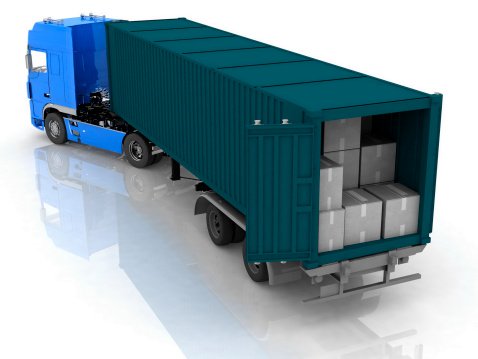In order to understand density priced shipping, start by understanding traditional freight rate classifications. These rates define how much a particular kind of load will cost, as defined by National Motor Freight Traffic Association (NMFTA) and made available through the National Motor Freight Classification (NMFC). Products are classified by specific parameters:
- Weight, length, height
- Density
- Value
- Ease of handling
- Liability
Then, products are divided into 18 freight classes with different freight charges. The classes were designed to help companies reach standardized pricing when working with different carriers or third parties and to assist the carrier in assessing transportation characteristics of commodities. Density is supposed to be the primary characteristic in such classifications, unless another parameter is dominant for freight price formation. Very often, within such a system, shipments must be reclassified or reweighed, which is a time-consuming process. Since multiple factors constitute a single classification, the pricing equation is complex and difficult to compare to other transportation modes.
Density based pricing is already being used in parcel carriers, air and ocean transportation; it is becoming more common with economy globalization and e-commerce growth. This method can be seen as an answer to truckload optimization for U.S. LTL carriers. Density pricing means that the shipping price is based on package volume that matches the amount of space a package occupies in relation to its weight. This way, the dimensional weight method combines physical volume and actual weight of a particular shipment to determine shipping cost.
How density is calculated:
Measure a packages’ length, width, height and weight (for example, 40″x 45″ x 60″ and 500 pounds) and use following algorithm:
1) Multiply length, width, height and divide it by 1728
40″x 45″ x 60″ = 108000
108000/1728 = 62.5 (cubic feet)
2) Divide actual package’s weight by cubic feet
500/62.5 = 8 (pounds/cubic feet)
3) The result is the density of the package
Density could also be measured in kilograms per cubic meter.
Since the classification system has many disadvantages and causes lots of manipulations with rates and discounts, density priced shipping is supposed to be the best step toward a more careful and equitable rate system. Pros of density based shipping:
- Density based pricing will streamline the LTL pricing mechanism with more equitable rate structure.
- Since the rest of the world is using density based pricing method in LTL, the U.S. shipping will become more integrated with common shipping price structure.
- NMCF won’t interfere as much in the pricing process.
- Density based pricing drives more efficient packaging for shippers to use (smaller boxes and more items per one box), which will save a significant amount of parcel freight cost.
- Optimally loaded trailers can provide up to 12% space gain, which equates to more sales per vehicle and less vehicles on the road. Capacity can increase, even with less resources used.
- Density based pricing allows a carrier to formalize and simplify their system operations by using a standard platform for rate calculation.
However, such crucial changes for most carriers, shippers and third parties will cause new obstacles in implementing the systems. NMCF classifications were in place for 70 years, and switching to a different classification will require time and effort:
- Most difficulties will be seen in automation of density pricing processes and transitions for shippers and carriers, who have NMCF classification embedded into their systems.
- LTL carriers will face complexity in matching accumulated density of packages with total pallet/truck density. Also LTL cargo is often large and irregularly shaped, which make density calculation more complex.
- Technologies may not be developed enough to be flexible and handle incorporation of new pricing method on all levels. Changes require automation of all business processes and information exchange.
- Tech upgrades will be a major cost for transportation providers with forklift scales and laser-driven pallet dimensional systems needed for proper density based pricing. Expenses on implementing new technologies will most likely to be passed down to final users – consumers.
There should be a clear understanding between shippers, 3PLs and carriers on the objectivity of such a system. Density priced shipping should be easier to use and fair to all parties, but it requires investment in technology and trainings.
What to Read Next:

